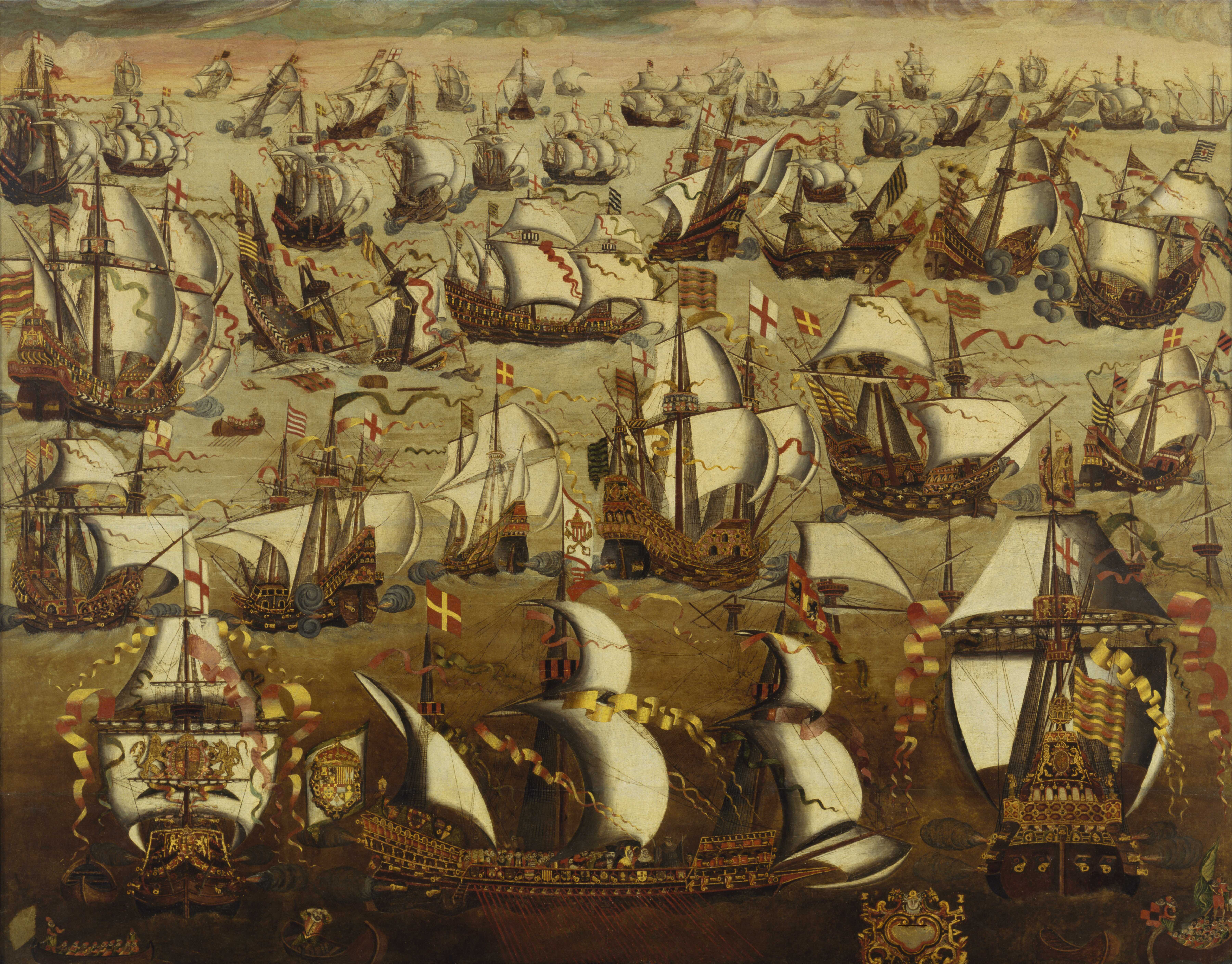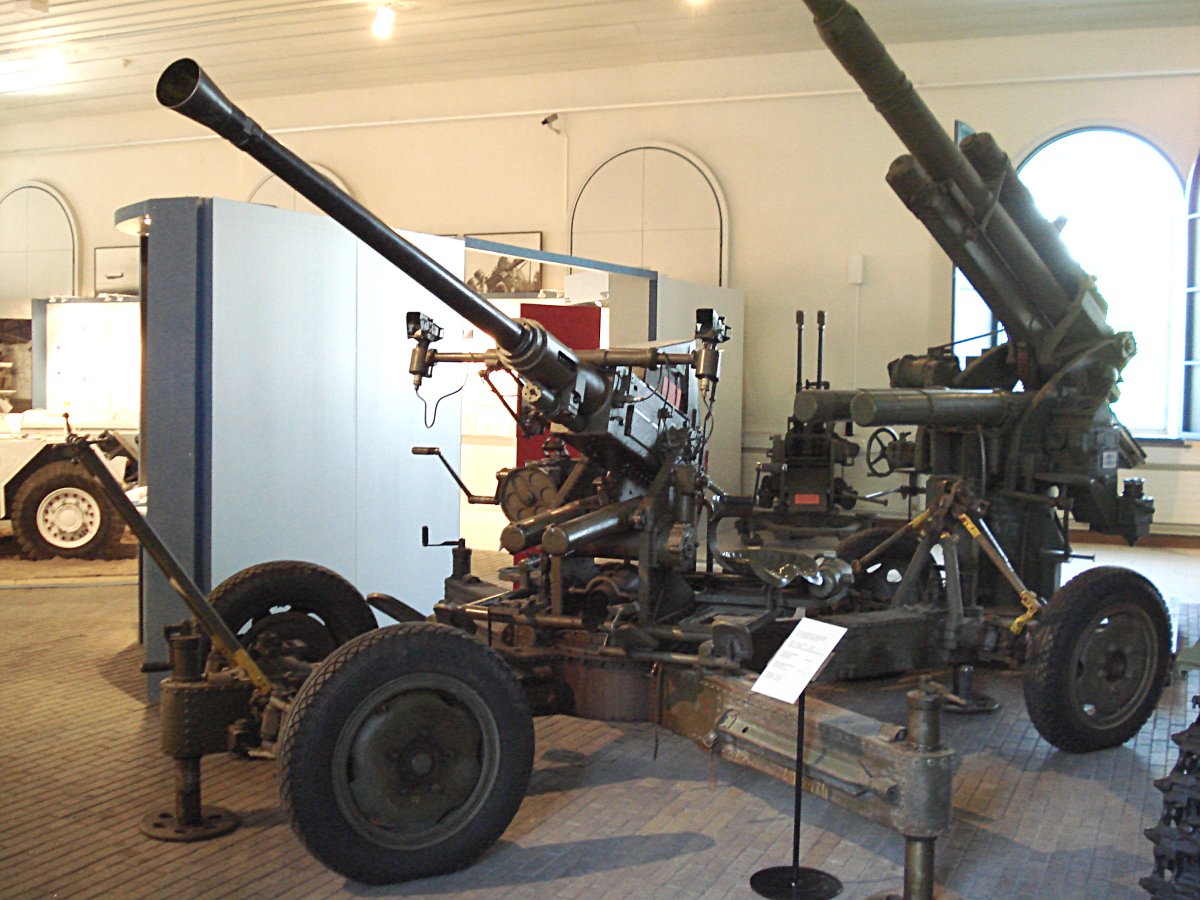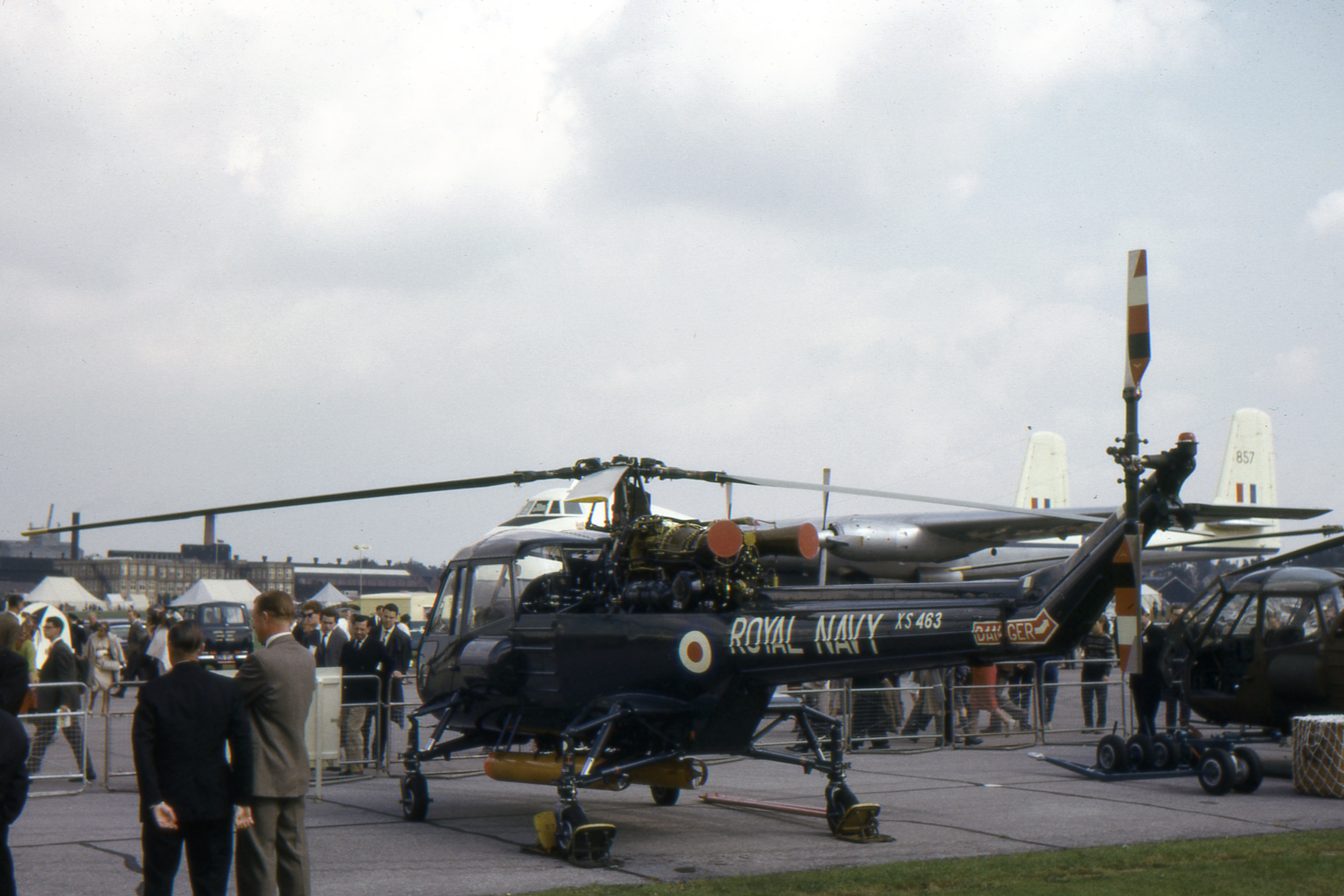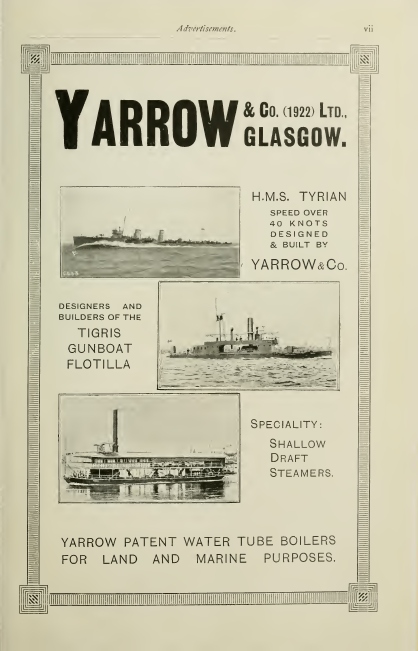|
HMS Brighton (F106)
HMS ''Brighton'' was a ''Rothesay'' or Type 12I class anti-submarine frigate of the Royal Navy. Design and construction The ''Rothesay''-class was an improved version of the ''Whitby''-class anti-submarine frigate, with nine ''Rothesay''s ordered in the 1954–55 shipbuilding programme for the Royal Navy to supplement the six ''Whitby''s. ''Brighton'' was long overall and between perpendiculars, with a beam of and a draught of . The ''Rothesay''s were powered by the same Y-100 machinery used by the ''Whitby''-class. Two Babcock & Wilcox water-tube boilers fed steam at and to two sets of geared steam turbines which drove two propeller shafts, fitted with large ( diameter) slow-turning propellers. The machinery was rated at , giving a speed of . Crew was about 212 officers and men. A twin 4.5-inch (113 mm) Mark 6 gun mount was fitted forward, with 350 rounds of ammunition carried. It was originally intended to fit a twin 40 mm L/70 Bofors anti-aircraft mount aft, bu ... [...More Info...] [...Related Items...] OR: [Wikipedia] [Google] [Baidu] |
Naval Ensign Of The United Kingdom
The White Ensign, at one time called the St George's Ensign due to the simultaneous existence of a cross-less version of the flag, is an ensign worn on British Royal Navy ships and shore establishments. It consists of a red St George's Cross on a white field, identical to the flag of England except with the Union Flag in the upper canton. The White Ensign is also worn by yachts of members of the Royal Yacht Squadron and by ships of Trinity House escorting the reigning monarch. In addition to the United Kingdom, several other nations have variants of the White Ensign with their own national flags in the canton, with the St George's Cross sometimes being replaced by a naval badge omitting the cross altogether. Yachts of the Royal Irish Yacht Club wear a white ensign with an Irish tricolour in the first quadrant and defaced by the crowned harp from the Heraldic Badge of Ireland. The Flag of the British Antarctic Territory and the Commissioners' flag of the Northern Lig ... [...More Info...] [...Related Items...] OR: [Wikipedia] [Google] [Baidu] |
Bofors 40 Mm Automatic Gun L/60
The Bofors 40 mm Automatic Gun L/60 (often referred to simply as the "Bofors 40 mm gun", the "Bofors gun" and the like, see name) is an anti-aircraft autocannon, designed in the 1930s by the Swedish arms manufacturer AB Bofors. The gun was designed as an intermediate anti-aircraft gun, filling the gap between fast firing close-range small calibre anti-aircraft guns and slower firing long-range high calibre anti-aircraft guns, a role which previously was filled by older outdated guns. The Bofors 40 mm L/60 was for its time perfectly suited for this role and outperformed competing designs in the years leading up to World War II in both effectiveness and reliability. It entered the export market around 1932 and was in service with 18 countries by 1939. Throughout World War II it became one of the most popular and widespread medium-weight anti-aircraft guns. It was used by the majority of the western Allies and some Axis powers such as Nazi Germany and Hungary. In th ... [...More Info...] [...Related Items...] OR: [Wikipedia] [Google] [Baidu] |
Westland Wasp
The Westland Wasp is a small 1960s British turbine powered, shipboard anti-submarine helicopter. Produced by Westland Helicopters, it came from the same P.531 programme as the British Army Westland Scout, and is based on the earlier piston-engined Saunders-Roe Skeeter. It fulfilled the requirement of the Royal Navy for a helicopter small enough to land on the deck of a frigate and carry a useful load of two homing torpedoes. The Wasp sank one ship in combat, seriously damaging the ARA ''Santa Fe'' submarine in 1982 during the Falklands war. Design and development The increasing speed and attack range of the submarine threat, and the increased range at which this threat could be detected led to a Royal Navy requirement for a "Manned Torpedo-Carrying Helicopter" (MATCH). Contemporary shipboard weapons did not have the necessary range, therefore MATCH was in essence a stand-off weapon with the helicopter carrying the torpedo or other weapon to the target and being instruct ... [...More Info...] [...Related Items...] OR: [Wikipedia] [Google] [Baidu] |
Leander-class Frigate
The ''Leander''-class, or Type 12I (Improved) frigates,Purvis, M.K., 'Post War RN Frigate and Guided Missile Destroyer Design 1944-1969', Transactions, Royal Institution of Naval Architects (RINA), 1974 comprising twenty-six vessels, was among the most numerous and long-lived classes of frigate in the Royal Navy's modern history. The class was built in three batches between 1959 and 1973. It had an unusually high public profile, due to the popular BBC television drama series ''Warship''. The ''Leander'' silhouette became synonymous with the Royal Navy through the 1960s until the 1980s. The ''Leander'' design or derivatives of it were built for other navies: *Royal New Zealand Navy as the ''Leander'' class *Chilean Navy: *Royal Australian Navy: *Indian Navy: * Royal Netherlands Navy: Design The policy adopted by the Royal Navy during the 1950s of acquiring separate types of frigates designed for specialised roles (i.e. anti-submarine, anti-aircraft and aircraft directio ... [...More Info...] [...Related Items...] OR: [Wikipedia] [Google] [Baidu] |
Pennant Number
In the Royal Navy and other navies of Europe and the Commonwealth of Nations, ships are identified by pennant number (an internationalisation of ''pendant number'', which it was called before 1948). Historically, naval ships flew a flag that identified a flotilla or type of vessel. For example, the Royal Navy used a red burgee for torpedo boats and a pennant with an H for torpedo boat destroyers. Adding a number to the type-identifying flag uniquely identified each ship. In the current system, a letter prefix, called a ''flag superior'', identifies the type of ship, and numerical suffix, called a flag inferior, uniquely identifies an individual ship. Not all pennant numbers have a flag superior. Royal Navy systems The Royal Navy first used pennants to distinguish its ships in 1661 with a proclamation that all of his majesty's ships must fly a union pennant. This distinction was further strengthened by a proclamation in 1674 which forbade merchant vessels from flying any penna ... [...More Info...] [...Related Items...] OR: [Wikipedia] [Google] [Baidu] |
Ceremonial Ship Launching
Ceremonial ship launching involves the performance of ceremonies associated with the process of transferring a vessel to the water. It is a nautical tradition in many cultures, dating back thousands of years, to accompany the physical process with ceremonies which have been observed as public celebration and a solemn blessing, usually but not always, in association with the launch itself. Ship launching imposes stresses on the ship not met during normal operation and, in addition to the size and weight of the vessel, represents a considerable engineering challenge as well as a public spectacle. The process also involves many traditions intended to invite good luck, such as christening by breaking a sacrificial bottle of champagne over the bow (ship), bow as the ship is named aloud and launched. Methods There are three principal methods of conveying a new ship from building site to water, only two of which are called "launching". The oldest, most familiar, and most widel ... [...More Info...] [...Related Items...] OR: [Wikipedia] [Google] [Baidu] |
Glasgow
Glasgow ( ; sco, Glesca or ; gd, Glaschu ) is the most populous city in Scotland and the fourth-most populous city in the United Kingdom, as well as being the 27th largest city by population in Europe. In 2020, it had an estimated population of 635,640. Straddling the border between historic Lanarkshire and Renfrewshire, the city now forms the Glasgow City Council area, one of the 32 council areas of Scotland, and is governed by Glasgow City Council. It is situated on the River Clyde in the country's West Central Lowlands. Glasgow has the largest economy in Scotland and the third-highest GDP per capita of any city in the UK. Glasgow's major cultural institutions – the Burrell Collection, Kelvingrove Art Gallery and Museum, the Royal Conservatoire of Scotland, the Royal Scottish National Orchestra, Scottish Ballet and Scottish Opera – enjoy international reputations. The city was the European Capital of Culture in 1990 and is notable for its architectur ... [...More Info...] [...Related Items...] OR: [Wikipedia] [Google] [Baidu] |
Scotstoun
Scotstoun ( gd, Baile an Sgotaich) is an area of Glasgow, Scotland, west of Glasgow City Centre. It is bounded by Garscadden and Yoker to the west, Victoria Park, Jordanhill and Whiteinch to the east, Jordanhill to the north and the River Clyde (and Braehead beyond) to the south. At the heart of Scotstoun lies Scotstounhill, an enclave of late Victorian and post-war housing centred on Scotstounhill railway station. Scotstoun (along with the Govan shipyard) is home to BAE Systems Surface Ships (formerly Yarrow Shipbuilders), and to the Glasgow Warriors rugby team. History Scotstoun was until the early 1860s the site of the Oswald family estate, which was centred on Scotstoun House. By 1861 the westward expansion of the Clyde shipbuilding yards had reached Scotstoun with the opening of the Charles Connell and Company shipyard in 1861 and the new Yarrow Shipbuilders yard in 1906. This led to the break-up of the estate, as portions were sold off for housing, to create Victoria ... [...More Info...] [...Related Items...] OR: [Wikipedia] [Google] [Baidu] |
Yarrow Shipbuilders
Yarrow Shipbuilders Limited (YSL), often styled as simply Yarrows, was a major shipbuilding firm based in the Scotstoun district of Glasgow on the River Clyde. It is now part of BAE Systems Surface Ships, owned by BAE Systems, which has also operated the nearby Govan shipyard (formerly Fairfields) since 1999. History Origins in London The company was founded by Alfred Yarrow, later Sir Alfred Yarrow, 1st Baronet, in the year 1865 as Yarrow & Company, Limited. Originally it was based at Folly Wall, Poplar, then in 1898 as the company grew, Yarrow moved his shipyard to London Yard, Cubitt Town.History of London Yard by Angela Brown and Ron Coverson, 2001 Hundreds of steam launches, lake and river vessels, and eventually the |
Keel Laying
Laying the keel or laying down is the formal recognition of the start of a ship's construction. It is often marked with a ceremony attended by dignitaries from the shipbuilding company and the ultimate owners of the ship. Keel laying is one of the four specially celebrated events in the life of a ship; the others are launching, commissioning and decommissioning. In earlier times, the event recognized as the keel laying was the initial placement of the central timber making up the backbone of a vessel, called the keel. As steel ships replaced wooden ones, the central timber gave way to a central steel beam. Modern ships are most commonly built in a series of pre-fabricated, complete hull sections rather than around a single keel. The event recognized as the keel laying is the first joining of modular components, or the lowering of the first module into place in the building dock. It is now often called "keel authentication", and is the ceremonial beginning of the ship's li ... [...More Info...] [...Related Items...] OR: [Wikipedia] [Google] [Baidu] |
Type 277 Radar
The Type 277 was a surface search and secondary aircraft early warning radar used by the Royal Navy and allies during World War II and the post-war era. It was a major update of the earlier Type 271 radar, offering much more power, better signal processing, new displays, and new antennas with greatly improved performance and much simpler mounting requirements. It allowed a radar with performance formerly found only on cruisers and battleships to be fitted even to the smallest corvettes. It began to replace the 271 in 1943 and was widespread by the end of the year. The Type 271 was one of the first microwave frequency radars to enter service, when microwave electronics design was in its infancy. While it was still being fitted to escort ships during 1941 and 1942, great strides in technique were being made in cavity magnetron, waveguide, antenna design and general electronics. Those upgrades that could be easily combined with the existing systems became the 271 Mark IV mode ... [...More Info...] [...Related Items...] OR: [Wikipedia] [Google] [Baidu] |
Foremast
The mast of a sailing vessel is a tall spar, or arrangement of spars, erected more or less vertically on the centre-line of a ship or boat. Its purposes include carrying sails, spars, and derricks, and giving necessary height to a navigation light, look-out position, signal yard, control position, radio aerial or signal lamp. Large ships have several masts, with the size and configuration depending on the style of ship. Nearly all sailing masts are guyed. Until the mid-19th century, all vessels' masts were made of wood formed from a single or several pieces of timber which typically consisted of the trunk of a conifer tree. From the 16th century, vessels were often built of a size requiring masts taller and thicker than could be made from single tree trunks. On these larger vessels, to achieve the required height, the masts were built from up to four sections (also called masts). From lowest to highest, these were called: lower, top, topgallant, and royal masts. Giving the lo ... [...More Info...] [...Related Items...] OR: [Wikipedia] [Google] [Baidu] |



.png)



.jpg)
.jpg)